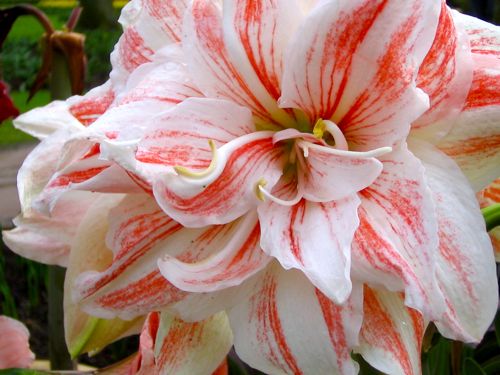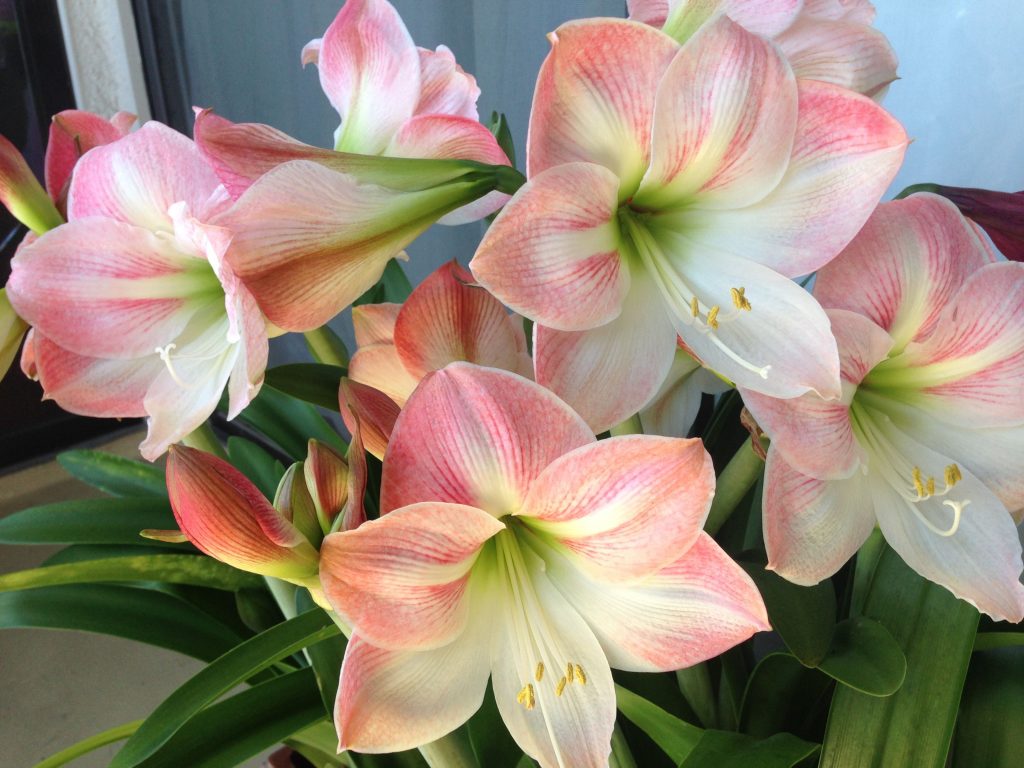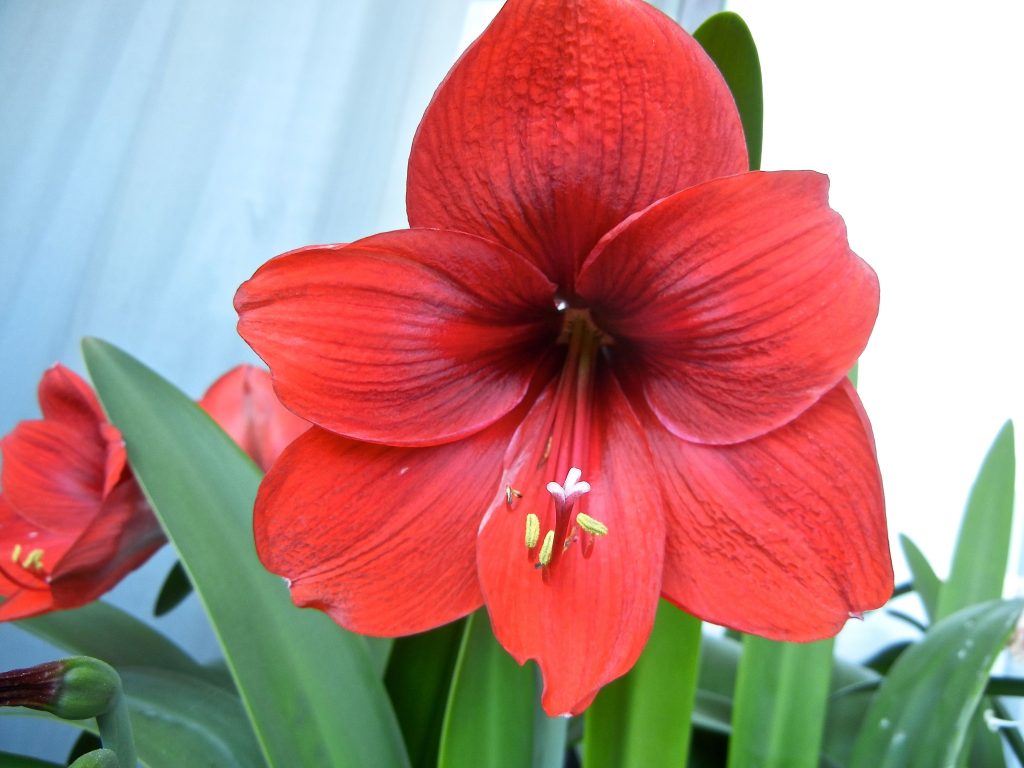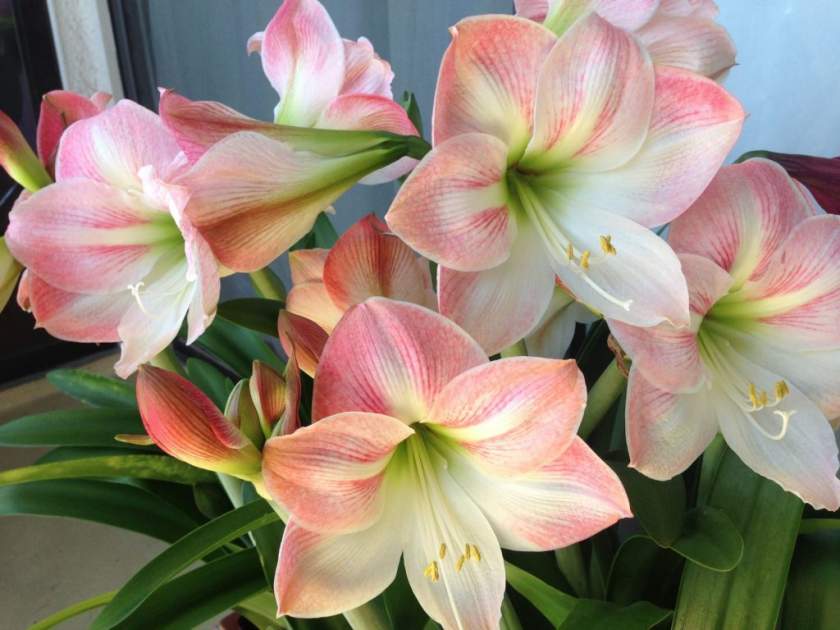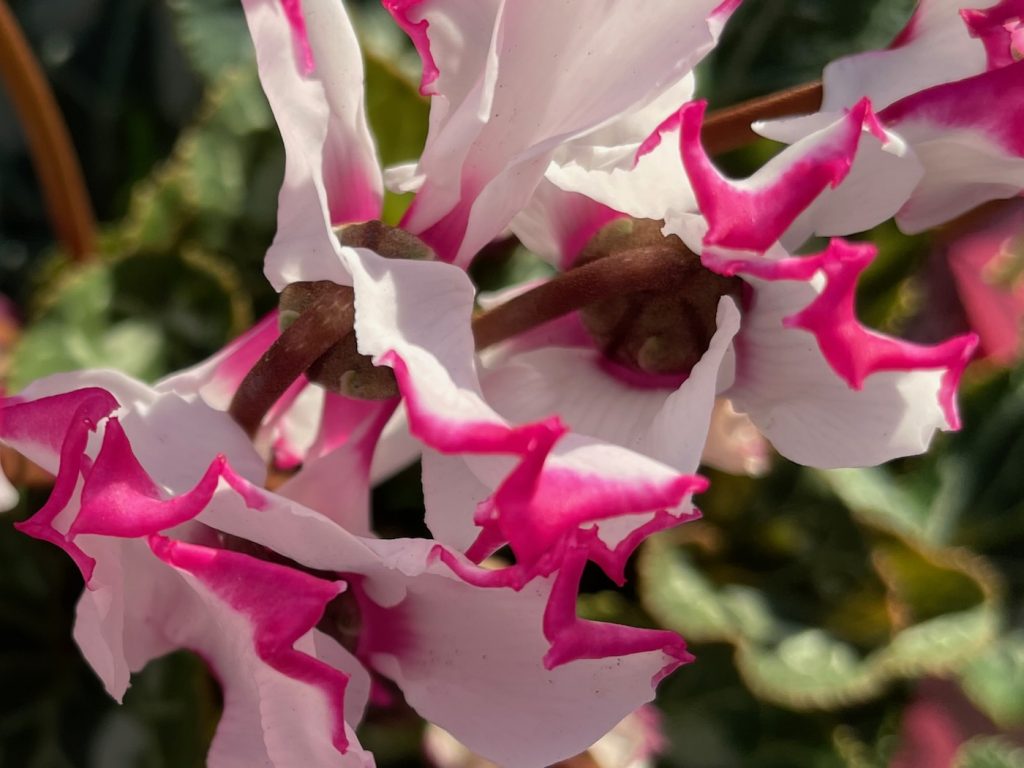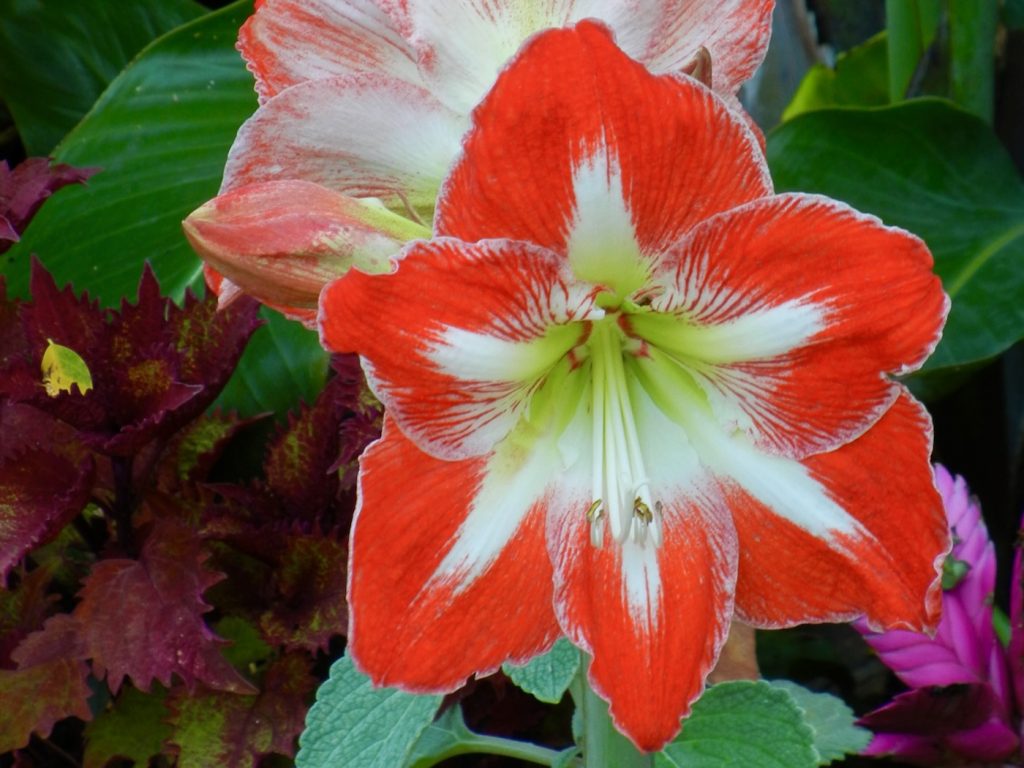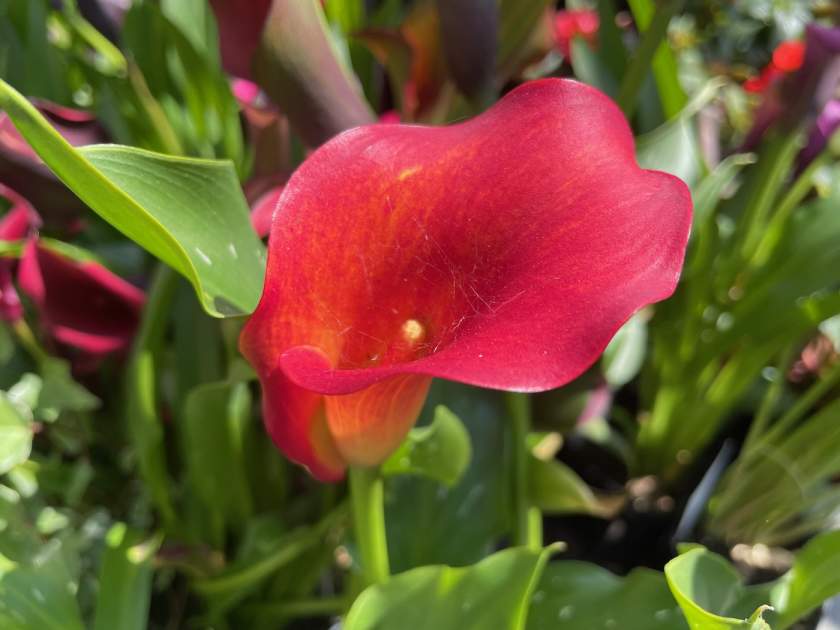Hippeastrum or Amaryllis: Unveiling the Radiance of the Knight’s Star
Introduction to Hippeastrum or Amaryllis: Hippeastrum, commonly known as Amaryllis, holds a special place in the world of flowers. Although the term “Amaryllis” is often used to refer to the genus as a whole, it is, in fact, the genus Hippeastrum that captivates us with its breathtaking blooms. This remarkable flowering plant can thrive both outdoors in warmer climates and as a delightful pot plant in greenhouses or indoor spaces. With various cultivars and charming aliases such as Large Flowering Amaryllis, Cybister Amaryllis, Galaxy Amaryllis, Double Amaryllis, Diamond Amaryllis, or Spider Amaryllis, Hippeastrum offers an array of options to enchant flower enthusiasts.
Unveiling the Splendor of Hippeastrum: Hippeastrum graces us with its presence, displaying two to four magnificent flowers measuring 8-10 inches in diameter on each 2-ft. tall stem. In outdoor settings, these vibrant blooms emerge in early spring, infusing the surroundings with a burst of color and elegance. As a bulbous, herbaceous perennial, Hippeastrum belongs to the Amaryllidaceae family, showcasing its kinship with other notable plants. The name “Hippeastrum” carries a poetic meaning, signifying the knight’s star, further accentuating the captivating allure of this flower. Native to tropical and subtropical regions of the Americas, Hippeastrum brings a touch of exotic beauty wherever it flourishes.
Cultivating Hippeastrum or Amaryllis: Tips for Success:
To nurture Hippeastrum, provide it with a nutrient-rich, sandy soil mixture that allows for proper drainage. Regular fertilization during its growth phase ensures optimal development and vibrant blooms. While Hippeastrum thrives in sunlight, it also tolerates filtered sunlight, making it adaptable to various indoor and outdoor conditions. If grown in a pot, it may benefit from occasional rotation to prevent leaning towards the light source, maintaining an upright and balanced appearance.
Discover the Soil-Free Beauty: Did you know that Hippeastrum can be cultivated without traditional soil? The bulb’s stored nutrients make it possible to grow these stunning flowers using pebbles or even specialized glass jars designed to accommodate bulbs without soil. This soil-free approach adds an element of creativity and convenience to Amaryllis cultivation, allowing its resplendent blooms to be enjoyed in unique and eye-catching displays.
Enhancing Longevity: A Flower’s Secret: For extended enjoyment of the Hippeastrum’s captivating blossoms, consider delicately removing the anther from the flower. This meticulous act halts seed production, significantly prolonging the flower’s lifespan and preserving its enchanting allure. By carefully attending to this detail, the beauty of the Hippeastrum can be cherished for an extended period.
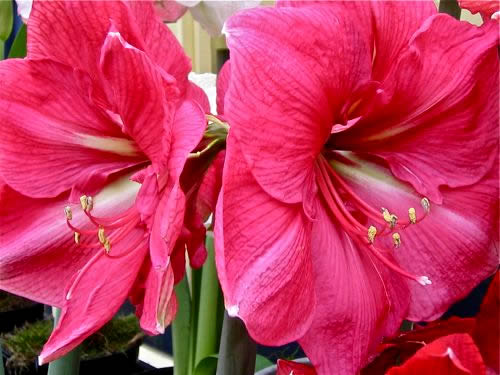
Propagation and Care for Year-Round Joy:
While Hippeastrum can be raised from seeds, it requires several years for the bulb to reach its full potential. To enjoy the splendor of blooming Amaryllis more readily, it is advisable to acquire mature bulbs that can be easily forced to bloom indoors. After the breathtaking display of flowers, nurturing your Hippeastrum is essential for its long-term vitality.
Trimming the stem just above the bulb nose after flowering allows the plant to redirect its energy towards leaf growth, replenishing the bulb’s reserves for future blooms. This thoughtful practice promotes the overall health and longevity of your Hippeastrum.
In warmer climates, where frost is not a concern, leaving the bulbs planted year-round can result in the joy of witnessing annual flowering. With proper care and maintenance, your Amaryllis will grace your surroundings with its radiant blooms year after year.
Alternatively, if the leaves turn yellow, indicating the natural cycle of dormancy, cutting them back and carefully removing the bulbs for storage is advisable. Store the bulbs in a cool, dark place, ensuring a minimum rest period of 8 to 10 weeks. This dormant phase allows the bulbs to rejuvenate and prepare for their next cycle of growth and flowering.
By following these propagation and care guidelines, you can cultivate and nurture Amaryllis to experience the beauty and joy it brings, whether as a vibrant indoor display or as a flourishing addition to your outdoor garden.
